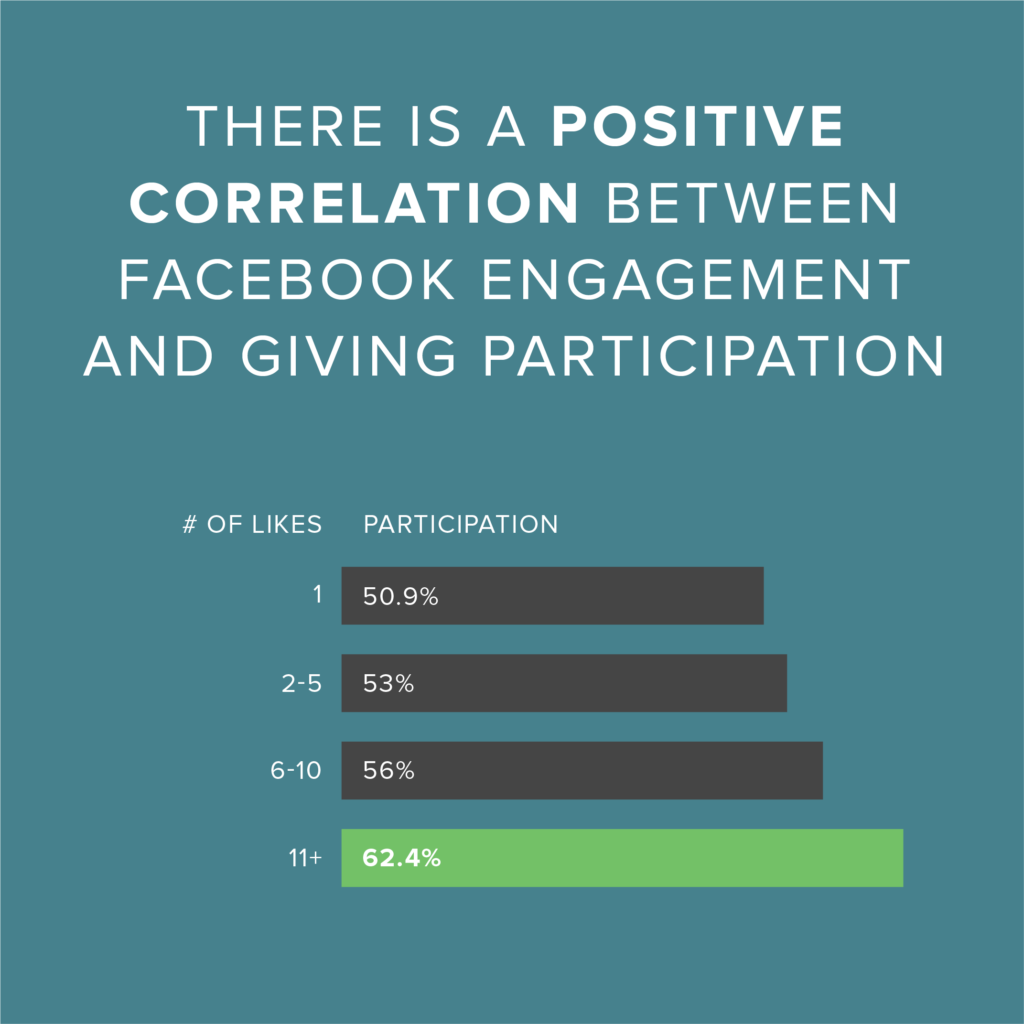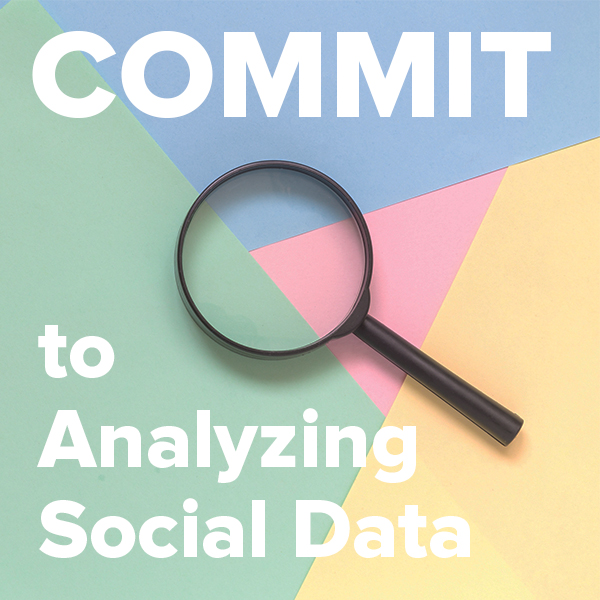The dog days of summer are officially here. The office is a little quieter and the only thing filling up your inbox are Out of Office replies. It’s a great time to step back and tackle some bigger issues that usually sit on the back burner. Welcome to our Summer Checklist.
To create compelling asks for potential donors, you need to know a little something about them. But what does that really mean? How can you know a huge swath of people who sometimes feel like they’re little more than entries in your database? How are you supposed to make engaging content for that?
Well, the vast majority of those people aren’t actually blank slates. They’re telling you things about themselves all the time. They’re probably doing it right this second, in fact. And what they’re telling you can significantly improve the results of your annual fund efforts.
People have pretty clearly exhibited at this point that they don’t respond to a one-size-fits-all communication approach. If you pick one talking point or initiative and hope it resonates across your donor base, it’s going to fall flat.
You’ll get similar results if you stick to the limited information you’re hanging onto from the last time alums were enrolled in classes on campus.
So, what to do?
Listen.
That’s it! Should be easy enough. Which is the best part of analyzing social data: It can be as simple or complex as you want it to be. Or, probably more accurately, as your resources allow.
What’s Really Happening on Your Social Accounts?
The best part about social media is that it’s pretty cheap. And people love it. Or at least they’re on it all the time, as you likely notice whenever you go out to dinner these days and everyone falls silent while looking at their phones.
But basking in the glow of escalating like totals and positive comments isn’t going to do much for you (though we too like a good ego boost from time to time). There’s valuable data lurking in that engagement, you just have to dig in to find it.
By connecting a donor’s profile with their social media profiles, you can start to paint a picture of what interests them. People vote with their thumbs these days. And every highlighted heart is another indicator of how you should be prioritizing content.
Since you’re trying to work at scale, start segmenting your alums based on their interests. By getting an idea of what topics have a large number of supporters, you can start to crystallize a strategy about getting specific.

Turn Engagement into Dollars
Once you’ve got all that data what do you do with it all exactly? The options are seemingly limitless, but if you’re just starting out with social data, keep it simple.
Instead of that broad appeal you were planning to send to your whole base, use social engagement data to segment a handful of strategies. It can seem daunting but start small and you won’t be overwhelmed.
For example, if a huge group of people have liked content around your performing arts center, create content (and asks!) around that specific interest and target those people who expressed interest already. Then repeat for your top four or five most engaged groups, putting content in front of them that you’ve got a pretty darn good idea they’re already excited about.
Or capitalize on something that picks up a lot of engagement right out of the box. If a social post or series of social posts about a specific subject set your followers on fire, there’s a way to bottle that lightning. You just need to act quickly. For example, create a scholarship related to the topic (if appropriate) and post about it or send an email specifically to those who engaged with the post. Or better yet…both.
Keep an Eye Out for Quiet Fans
Engagement is usually a smaller representation of a person’s larger interest. What we mean by that is, you’ve got a ton of people engaging with your social platforms with absolutely no history of giving to your organization. But a good chunk of them are probably just waiting for the right opportunity.
The athletics fundraising team at Baylor University decided to try targeting people just like that for season tickets. They looked at people who regularly engaged with posts about their men’s and women’s basketball teams (that’s 2019 Women’s National Champions, by the way) but who had never been contacted about purchasing season tickets.
The results of their strategy led to a purchase rate that doubled and tripled the national average purchase rate, respectively. And their team will tell you finding that group of people was a pretty minimal amount of work. Just a little bit of digging yielded a pool of prospects far more receptive to their message, allowing them to get the most bang for their buck.
Experiment with Ads
Deep breath. Just take a couple of deep breaths.
Social ads can seem hard. But trust us, it’s not that much more complicated that simply posting a regular ol’ social post. We promise. And the payoff for that teensy tinsy amount of work will be well worth it.
Our biggest advice when it comes to social ads is to start small. Pick one platform to test out. Your best performing channel is a no brainer here, so right off the bat that’s one thing you don’t have to think about! (We’re off to a great start.)
Another thing you don’t have to think about if you’re just getting started? A great idea. Don’t burn all your energy trying to get creative. Instead just piggy back off an initiative you’re already running. Trying to drum up money for an international scholarship? There’s your ad content right there. Create one ad (maybe two for variety) around it, pick a segment to show it to and you’re off to the races.
Once the ad runs its course, simply check the data, make a hypothesis (fancy word for educated guess, really) and do it all over again. See what you learn and soon you’ll be running ads left and right.
The next installment of the Summer Checklist will tackle content strategy. Check back later this week.
